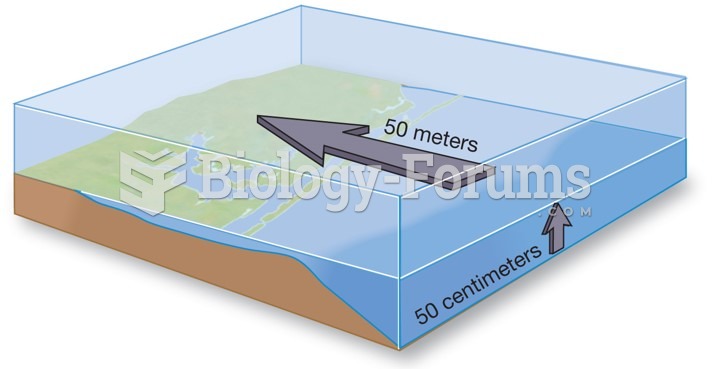Answer to Question 1
Require all coal- and oil-fired power plants to limit their emissions of mercury, acid gases, and other metallic toxic pollutants, preventing 90 of the mercury and 88 of acid gases from being emitted. This will cause industry to seriously reassess its contamination of the environment. Since mercury pollutants are so devastating to humans (neurologically), the reduction of mercury pollution in the environment will have important benefits to human health.
Answer to Question 2
The basic premise of the demographic transition is that there is a causal link between modernization and a decline in birth and death rates. There are four phases of the demographic transition, as seen in the developed world. Phase I is a stable population size due to high death rates and high birthrates. In Phase II, the crude death rate drops but crude birthrates remain unchanged, resulting in increased population size. When a drop in crude birthrates begins, due to a drop in fertility rate, Phase III of the demographic transition has been reached. The population size is still increasing in Phase III. Phase IV occurs when the number of births equals the number of deaths and there is no growth in population size. The epidemiologic transition is the change in mortality factors from epidemics (acute illnesses) to chronic conditions (cancer and cardiovascular disease). The fertility transition is the decline in birthrates from a high of 40 to 50 per thousand to 8 to 12 per thousand. The fertility transition does not happen at the same time that the epidemiologic transition occurs; the fertility transition is delayed, as compared to the epidemiologic transition, by decades or more. This has resulted in the very large increase in human populations. The epidemiologic transition begins in Phase II, while the fertility transition begins during Phase III of the demographic transition.







